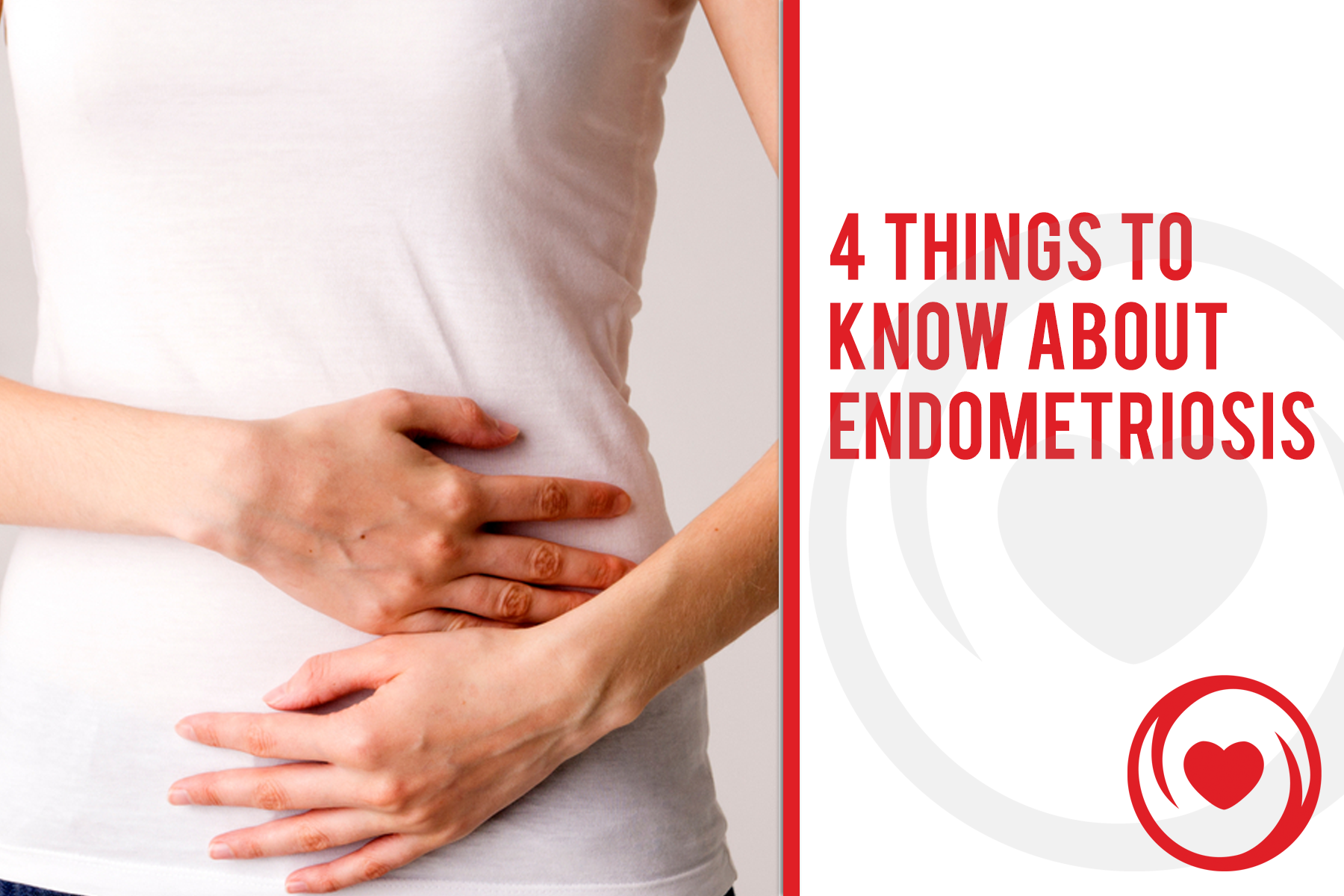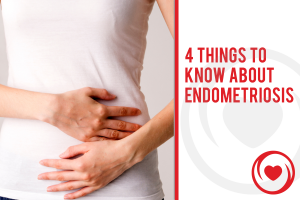Endometriosis affects up to 10% of the female population worldwide. Despite its chronic and often debilitating symptoms, endometriosis, or “endo,” among women often goes undiagnosed, thus leaving women suffering in silence. There appears to be a disconnect with women communicating their endometriosis signs with their healthcare providers – they believe that the symptoms they experience are a normal part of their reproductive years.
But, it’s not.
In recent years, celebrities and public figures have leveraged their social media powers to speak up about their own struggles with endometriosis. Women soon began to realize that what they were experiencing monthly was anything but normal and their call to action was heard around the world.
On March 30th of this year, a large group of women (and men, too!) descended upon Washington D.C. at the national headquarters of the American College of Obstetrics and Gynecologists. Participants in the annual EndoMarch aimed to send a very clear message to the organization that sets the academic criteria for women’s reproductive care: women need improved standards of care and better resources when it comes to endometriosis.
Fortunately, progress is being made around the world. The FDA has recently approved a new drug treatment for endometriosis pain while researchers continue to develop a non-invasive diagnostic blood test (current confirmation requires laparoscopic pelvic surgery.)
The Burden of Endometriosis
Endometriosis is clinically defined as a chronic inflammatory disease of the female reproductive organs. The inflammation aspect occurs when uterine tissue develops and grows in excess or even outside of the uterus. While it is benign, symptoms include cyclic pelvic pain, dysmenorrhea, and dyspareunia.
Women living with endometriosis can also suffer from secondary issues where their quality of life is impacted. Due to the debilitating nature of the disease, patients with endo generally miss about 19 days of work per year. This, coupled with the estimated billions in healthcare expenses, American employers also carry a portion of this burden. Intimate relationships are often times affected as well.
Four Things to Know About Endometriosis
1. Estrogen is the driving antagonist in all endometriosis cases. The disease isn’t present prior to the onset of adolescent menstruation and symptoms improve or disappear completely after menopause. Endometriosis grows rapidly when the body is producing high levels of estrogen and undergoes an atrophic state when they are low. This is why women’s symptoms tend to improve immediately following the end of their monthly cycle. The suppression of estrogen is a critical tool in combatting the disease. The use of hormones to create a progesterone-dominant environment has long been the standard treatment for management. Elagolix, the previously mentioned newly approved FDA drug, is an estrogen-suppressive form of therapy.
2. Endometriosis often creates lesions. In severe cases, these thick, fibrous bands of the disease can be found in almost every organ outside the uterus and related reproductive organs. However, they are most often isolated to organs that are located near the uterus such as the bladder and bowels.
3. Endometriosis can marginally increase the risk for some cancers and cause other reproductive issues. Women with endometriosis do have a higher chances of developing ovarian cancer, the sixth most common cancer among women. Also, there is a clear correlation between infertility and endometriosis. It’s estimated that over 50% of women who have trouble conceiving, also have endometriosis. The inflamed lining and dense adhesions present with endometriosis makes the implantation of a fertilized egg unsustainable.
4. Some management options for the disease include both invasive and semi-invasive surgical options. For definitive diagnostic purposes, an abdominal laparoscopy is performed. If a surgeon finds endometriosis present, they can then remove the tissue as well as any adhesions. Most women find this to be a very beneficial surgery, especially those mentioned above that suffer from fertility issues related to their endometrial lining. The “cleaning out” of the uterus often increases the chances of implantation and women report symptoms improving dramatically after their surgery. However, laparoscopic surgery is temporary. Ultimately, endometriosis will come back with the body’s continued production of estrogen.
For permanent relief, some women opt to have a hysterectomy. Hysterectomies remove the uterus and can be performed with or without the removal of both ovaries. While hysterectomies are considered the best way to mitigate the disease, they are definitive and come with associated issues to consider – a woman will no longer be able to carry a pregnancy and if the ovaries are removed, she will need to undergo hormone replacement therapy.
Communication With Your Provider is Key
If you think that you may be experiencing symptoms of endometriosis, advocating your concerns to your doctor is the first step in finding relief. An understanding and competent gynecologist can develop a plan of action and provide additional support. Advancements in research, understanding, and technology have made treatment of endometriosis very manageable in comparison to just a decade ago. There is a wealth of options available to help you live your best life, despite an endometriosis diagnosis.



0 Comments